Basic rules of dining etiquette in any given country or locale reflect its history, tradition, customs, and cultural values that are often subconsciously absorbed from the world around us. For true insight into another culture, an authentic restaurant experience is one of the surest ways to learn how to behave in a culturally appropriate manner, and more importantly, how not to behave.
However, as the late, great Geert Hofstede explained, “Studying culture without experiencing culture shock is like practicing swimming without experiencing water.”
For all the travelers, lifelong learners, global gastronomes, and culture shock connoisseurs out there, we’ve curated a list of unexpected etiquette dos and don’ts for Americans to follow when dining with locals in restaurants around the world.
Chile
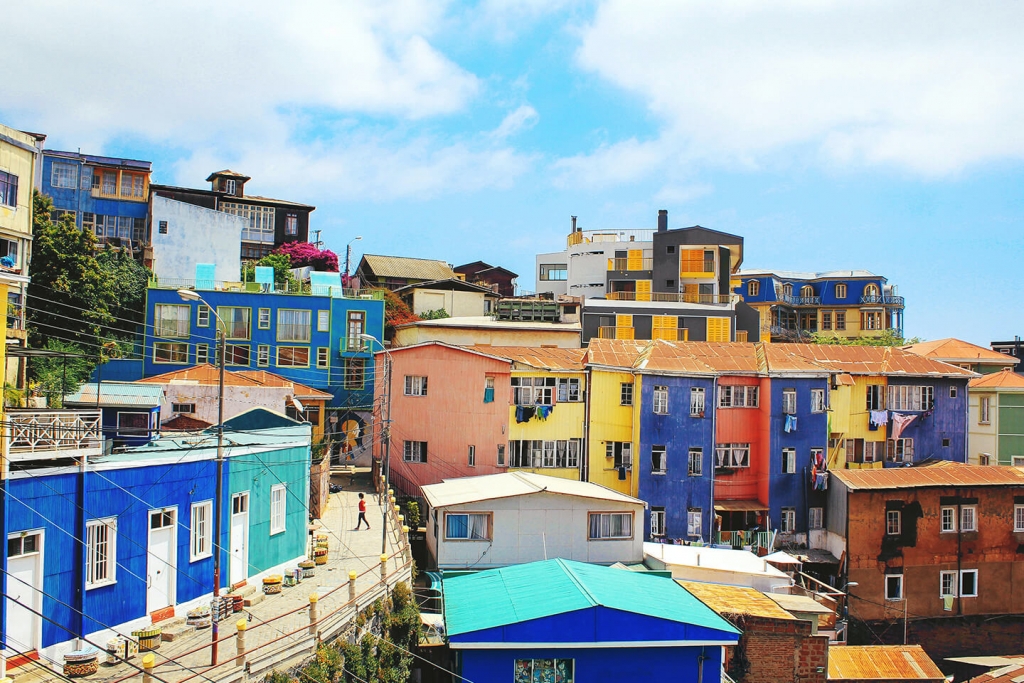
Utensils rule.
Starting on the western coast, we first come to one of the more formal table mannered countries in South America where utensils rule. Anything and everything is eaten with utensils. From traditional fare like asado, empanadas or fresh fruit, to burgers and fries, it is considered rude to eat without a fork and knife. Eating without utensils communicates to others a basic lack of hygiene.
So grab the fork and knife and don’t put them down … until you want to speak. Chileans prefer speaking when eating utensils aren’t in one’s hand.
Russia

Enjoy it neat.
Vodka is a serious business in Russia where it has been produced in the region since at least the 14th century. Russians have developed their own standards and customs for vodka with very little regional variation.
The first rule is don’t even think of adding ice to vodka let alone mixers. Keep it pure, clean, and simple. In Russia, vodka is not a casual drink like it is here in the US and is typically not consumed alone. It is reserved for a celebration or a marked occasion.
The second rule to learn is Russians do not sip their vodka. After a long exhale thought to help mitigate the hangover effect, they’ll take a shot or two of unadulterated vodka and quickly follow by either eating or smelling food. Your party may repeat until the bottle is empty, when it is then placed under the table, out of sight.
Italy
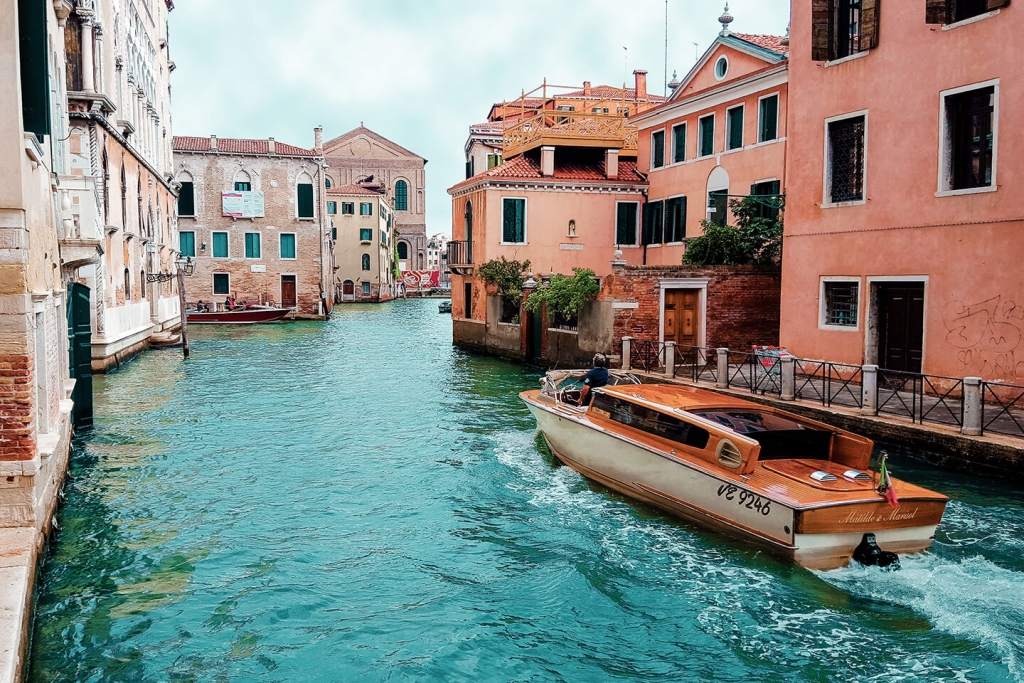
“And one with extra cheese.” — Jeff Albertson
When Americans think of Italy, they think of fresh food and wine. And maybe rolling green hills and verdant valleys. And scooters.
Now, requesting extra cheese may be as American as apple pie. To Italians, however, it is an insult to the chef and generally distasteful. This etiquette rule applies to all food if extra cheese is not offered by the waitstaff, whether it is pasta, pizza, and especially seafood. Never ask for extra parmesan.
So, do as the Romans do or in this case, don’t do. Trust your chef because in Italy, they are always right.
Scotland

You can’t take it with you.
Asking for a doggy bag in a Scottish restaurant is not a common practice and viewed to some as downright cringeworthy. Certain restaurants will refuse to pack away the uneaten part of a meal because of food poisoning concerns. The good news is portion sizes in UK restaurants (and everywhere else in the world) are smaller than those in the US. Thus, heaping piles of leftovers are rare.
France

“Patience is bitter, but its fruit is sweet.”— Aristotle
When in France, Americans often complain about slow service in restaurants. However, unlike America but much like much else of the world, dining is not a rushed experience. We eat very quickly, at our desks, in our cars, and on the couch. Meals in France, on the contrary, are meant to be a sensualist experience wherein diners take their time, hours even, to eat, drink, and conversate.
This sybaritic lifestyle is not just a dinner custom — French lunch breaks are regularly an hour or two. Also, unlike America, French waitstaff do not rely on fast table turnover for adequate pay because they do not rely on tips. This means you will never be rushed out the door. Take your time experiencing one of the daily pleasures life has to offer.
Egypt

Protect yourself and others against the evil eye.
When dining in an Egyptian restaurant, it is uncouth to look at another person’s dinner plate. Checking out another diner’s order communicates desire and envy. In Egyptian culture, this attention to another person’s “success” can bring about failure.
If you’re caught gazing at someone’s well-prepared meal, that person will offer you some of their food. They do so in fear of the bad luck or what is known in many cultures as the evil eye. When you’ve been caught staring at someone’s dinner plate and are offered a taste, refuse once or twice, but accept by the third offering. Not accepting a taste communicates a disdain for what the other person ordered and will leave a bad feeling in the air.
Sri Lanka

Dig in with your right hand.
From myriad false accusations including consorting with the devil, practicing witchcraft, to being branded communist sympathizers inside America, lefthanded folks have never had it easy. And if you are a leftie traveling to Sri Lanka, and a host of other Asian, Middle Eastern, and African countries, you’ll be met with more challenges.
The people of Sri Lanka, a beautiful island country off the coast of India, customarily eat meals with their hands. Western travelers are encouraged to do the same as a show of resect and to live as the locals. While eating food like rice takes a little getting used to and some new co-ordinational skills, Western visitors enjoy the experience and some say it even makes the food taste better.
The rule to remember, however, is never eat with your left hand as it is considered unclean. This is in part because the left hand, in conjunction with water, is routinely used for personal hygiene in the bathroom. Asking for a fork and knife is not forbidden, but that would take all the fun out of your Sri Lankan adventure.
South Korea
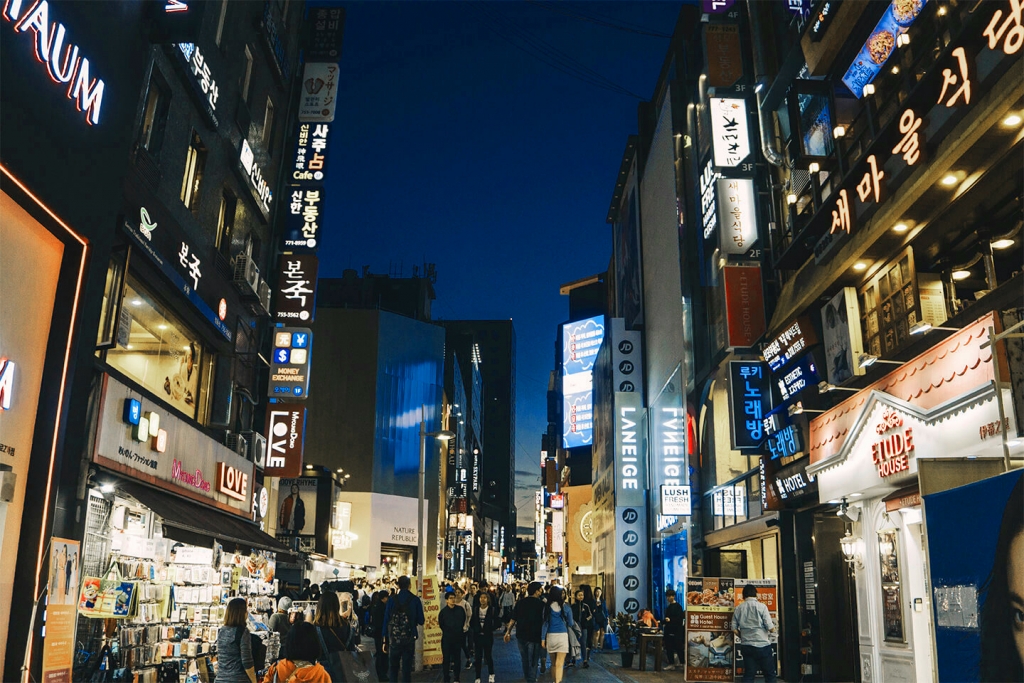
Keep your neighbor’s glass full.
Drinking in South Korea is a social ritual with customs dating back to the 12th century. One basic rule to Korean dining is don’t pour your own drink, especially alcohol. Making sure your fellow diners’ glasses are full is a traditional mark of respect, and others will do the same for you.
If you were to pour your own drink, aside from cursing yourself “romantically” for seven years, the other diners at your table will feel very uncomfortable. Additionally, when pouring drinks for others, it is important to use both hands as a show respect. This is but a drop of water in the ocean that is South Korean drinking etiquette, but it’s a good place to start.
Philippines
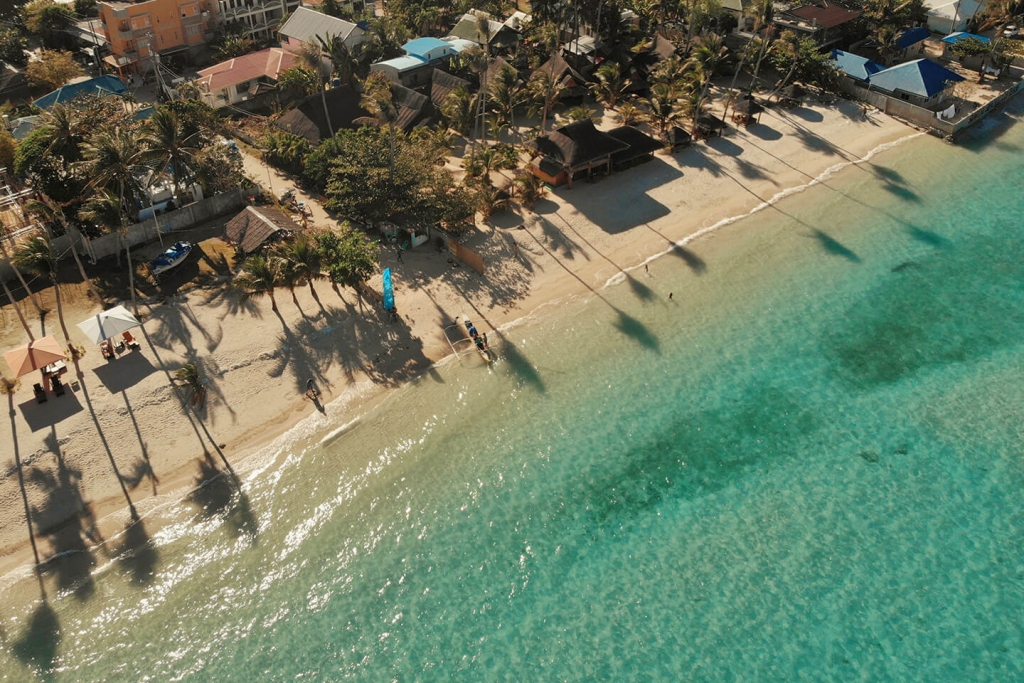
Hold your liquor.
This is not to say Filipinos don’t drink; quite the opposite. However, the purpose of eating and drinking is to socialize with friends and family and create a warm atmosphere where each other’s company is enjoyed.
Filipinos are generous and welcoming with a well-earned reputation for exceptional hospitality. Take note however; Drinking to get drunk is considered a character flaw and a crass, tasteless way for a person to represent themselves.
How did we do? Further kind insight from locals, ex-pats, and travelers are very welcome! Let us know in the comments below.

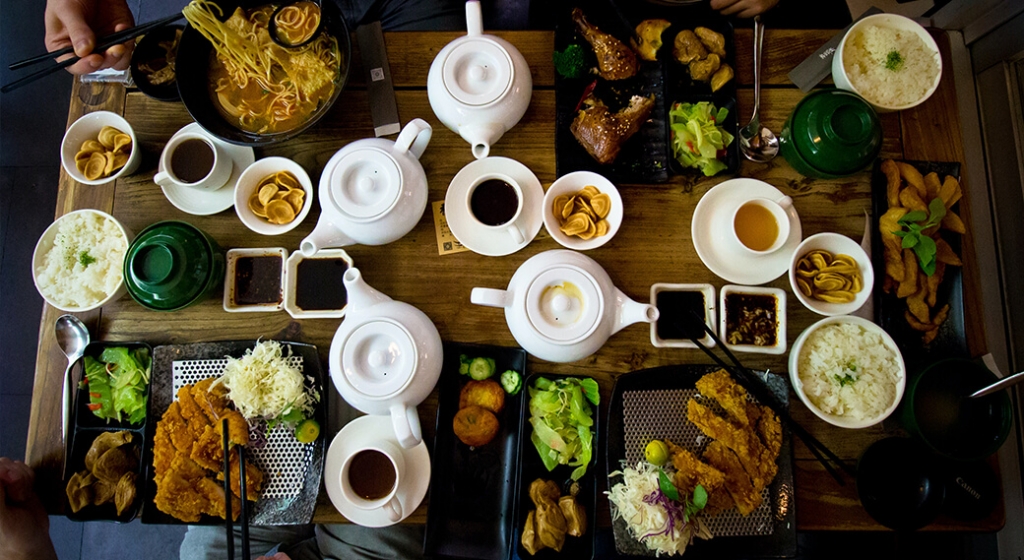


5 Table Etiquette Guidelines You Should Know – The Style Bouquet
Cultural Etiquette Guide: Essential Tips for First-Time Travelers – My First Time Travel